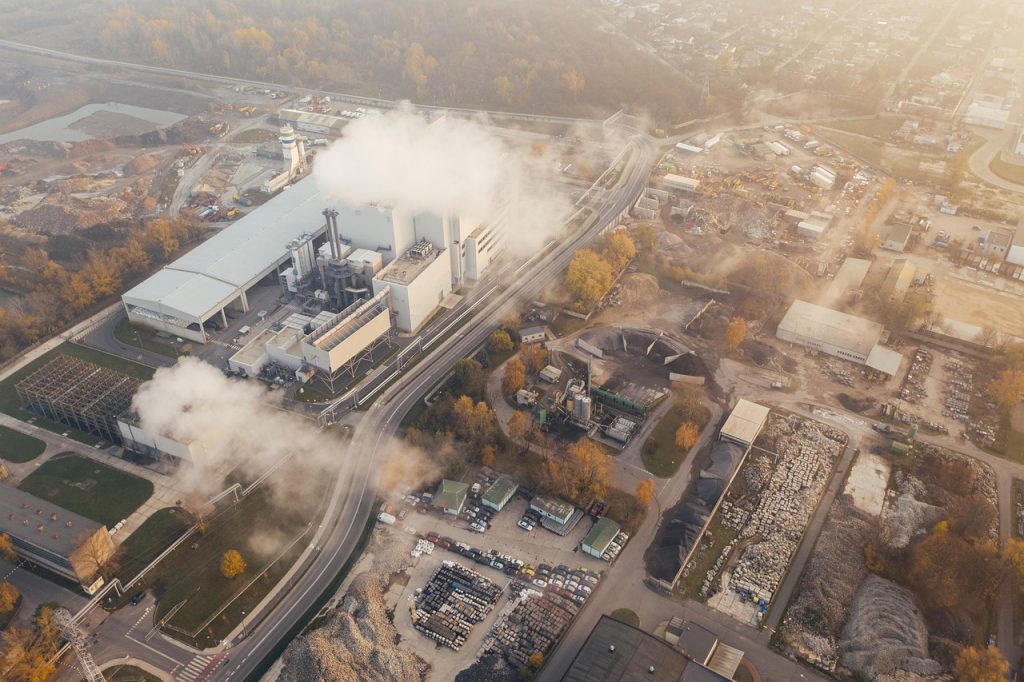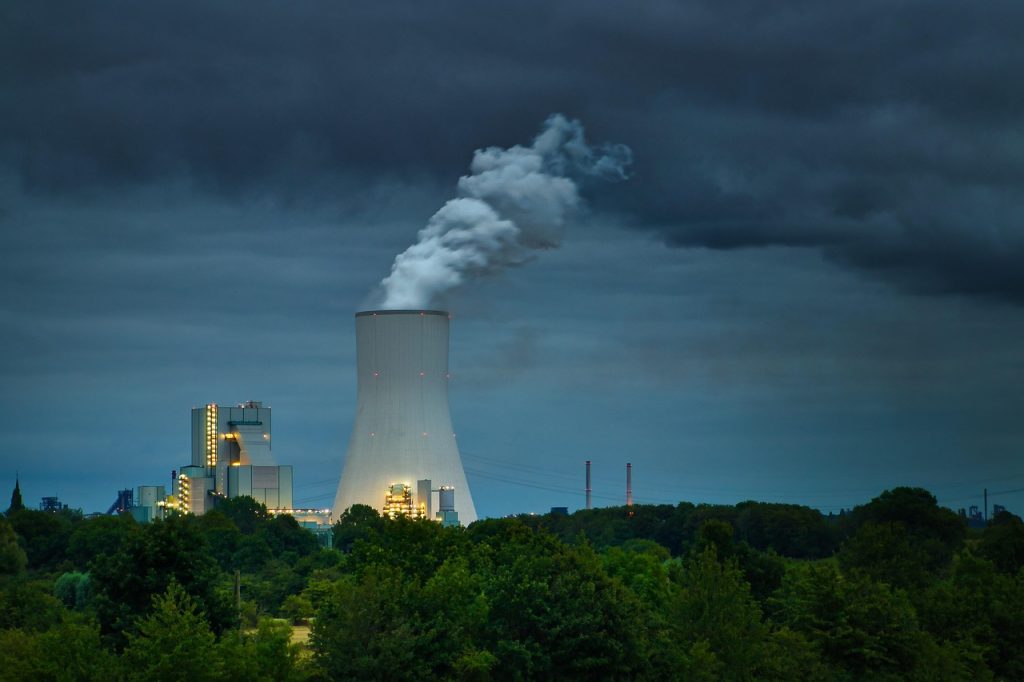The ultimate measure of net-zero strategies lies in their real-world impact. This ranking delves into the application of these strategies, examining successful case studies and peering into the future roles of humans and AI in accelerating the journey to carbon neutrality.
Human Ranking: 1st Place – Innovation in Business Models & Circular Economy Integration
Leading the charge in creating truly transformative net-zero impact is human ingenuity in developing innovative, low-carbon business models and driving circular economy integration. While AI can analyze material flows and identify inefficiencies, the conceptualization and implementation of disruptive models, and the cultural shift required for circularity, are profoundly human endeavors. Humans are paramount for:
- Designing Sustainable Products and Services: Innovating new products that are inherently low-carbon, designed for longevity, repair, and recyclability, or services that replace physical goods, requires human creativity and understanding of customer needs.
- Pioneering New Revenue Streams: Shifting from a linear “take-make-dispose” model to a circular one often involves new business models (e.g., product-as-a-service, repair services, waste valorization). Identifying and scaling these opportunities is a human entrepreneurial feat.
- Cross-Sector Collaboration for Systemic Change: Achieving circularity often demands collaboration across entire value chains and even industries (e.g., industrial symbiosis). Building these partnerships and aligning diverse stakeholders is a complex human task.
- Advocacy for Policy and Regulatory Change: Pushing for policy frameworks that support circularity and sustainable innovation requires human advocacy, lobbying, and coalition building.
AI Ranking: 1st Place – Carbon Accounting, Verification, and Reporting Automation
When it comes to the crucial tasks of carbon accounting, rigorous verification, and transparent reporting, AI demonstrably outranks humans in efficiency, accuracy, and scalability. The need for auditable, consistent, and frequently updated data for compliance and stakeholder communication makes this an ideal domain for AI. AI excels at:
- Automated Data Collection and Standardization: AI can automatically collect, process, and standardize large volumes of carbon data from various sources (IoT sensors, ERP systems, utility bills) with minimal human intervention, reducing errors and ensuring consistency.
- Real-time Emission Footprinting: Advanced AI models can provide real-time carbon footprints for products, processes, and entire organizations, enabling instantaneous insights and facilitating agile decision-making.
- Automated Report Generation & Compliance Checks: AI can automatically generate comprehensive sustainability reports aligned with various frameworks (e.g., CDP, TCFD, SASB) and flag any non-compliance issues, significantly reducing the manual effort and potential for errors.
- Enhanced Verification and Audit Trails: Blockchain-enabled AI systems can ensure transparent and immutable tracking of emissions reductions and carbon offset projects, bolstering trust and simplifying external verification processes.
- Predictive Analytics for Future Emissions: AI can predict future emission trends based on operational changes, growth forecasts, and external factors, allowing businesses to proactively adjust strategies and assess potential risks.
Human-AI Synergy: Developing & Scaling Climate Solutions (e.g., Carbon Capture, Green Hydrogen)
The development and deployment of next-generation climate solutions, such as advanced carbon capture technologies or green hydrogen infrastructure, represents a powerful area for human-AI collaboration. AI can accelerate research, optimize processes, and predict outcomes, while human expertise provides the scientific breakthroughs, engineering prowess, and strategic investment.
- Accelerating R&D: AI can analyze vast scientific literature, simulate complex chemical reactions, and design novel materials, significantly speeding up the research and development of new climate technologies.
- Optimizing Deployment and Operations: AI can optimize the placement and operation of renewable energy plants, carbon capture facilities, or hydrogen production sites, maximizing efficiency and minimizing costs.
- Financial Modeling and Investment Prioritization: AI can assess the financial viability of large-scale climate projects, model investment returns, and help prioritize funding for the most impactful solutions.
- Scaling Up Infrastructure: While AI can design efficient systems, the actual construction, logistical management, and policy navigation required to scale up new climate infrastructure (e.g., smart grids, hydrogen pipelines) are human-driven endeavors requiring significant coordination and on-the-ground expertise.
In conclusion, while AI’s strength lies in the meticulous, data-driven aspects of net-zero, particularly in reporting and optimization, human innovation remains the driving force behind truly transformative changes like circular economy models and the development of breakthrough climate technologies. The future of net-zero success hinges on effectively leveraging the unique strengths of both.


